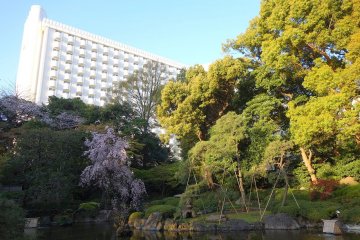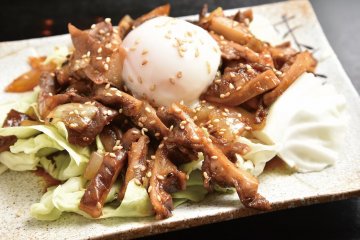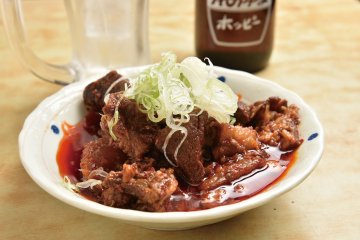활동
TAKANAWA GATEWAY CITY is a new urban development in Tokyo that opened on March 27, 2025. Situated adjacent to the Takanawa Gateway Station and also accessible through major transit hubs like Shinagawa and Sengakuji, it serves as an international exchange hub with corporate establishments, hotels, cultural facilities, residential buildings, and a convention center.
The area is approximately 845,000 m2, making it one of Japan’s largest urban developments. But the project is still expanding as it aims to connect people, technology, and nature—locally and globally—while partnering with diverse stakeholders to develop innovative solutions addressing global challenges. Fittingly, the building's name, "LINKPILLAR," combines the word "Link," representing connection, collaboration, and continuous growth, with "Pillar," symbolizing stability, strength, and a commitment to improving lives over the next century.
Building on this foundation of progress, TAKANAWA GATEWAY CITY’s vision has three key themes: Zero Carbon Society, emphasizing renewable energy generation and biogas from food waste, promoting fuel cell transport; Mobility, fostering human-robot collaboration to create convenient, inclusive lifestyles through real-world demonstrations; and Healthcare, partnering with academia and startups to enhance wellbeing through innovative health solutions—optimal sleep, diet, and fitness—first piloted locally using Suica data, then expanded nationwide via the Smart Health Station® network.
The development also proudly incorporates the historical significance of the Takanawa Embankment, a railway bed constructed in 1872, which allowed Japan's first railway to run over the sea along the Takanawa coast, connecting Shimbashi and Yokohama. Through the careful preservation and public display of the recently unearthed Takanawa Embankment—including the 7th Bridge, surrounding park area, and the relocated signal base—visitors can vividly experience the area's rich historical legacy. These innovative exhibitions incorporating advanced technology further bring Takanawa’s pioneering role in Japan’s transportation history to life.
Ultimately, TAKANAWA GATEWAY CITY carries forward Takanawa's historical legacy as Edo's original gateway during the Meiji period (1868–1912) and commemorates its spirit of innovation, marking the site where Japan's first railway crossed the sea about 150 years ago. It’s an exchange hub that encompasses the past, the present, and the future.
To stay updated and navigate the area with ease, download the TAKANAWA GATEWAY CITY app. The app provides announcements, event schedules, convenient reservation options, mobile ordering, and detailed information about shops, restaurants, and facilities within the complex. It’s the ideal companion to help you easily explore and fully enjoy your time at TAKANAWA GATEWAY CITY, ensuring you make the most of your visit.
도쿄
0.8 km 떨어진 곳




/139.7359838,35.6298611,9/397x132?access_token=pk.eyJ1IjoiamFwYW50cmF2ZWxtYXBzIiwiYSI6ImNqbXBtOXYxbDB5Z3ozbHFrazJuYWMwOGYifQ.v15fy_mcFWtgopmz8PhwqA)







